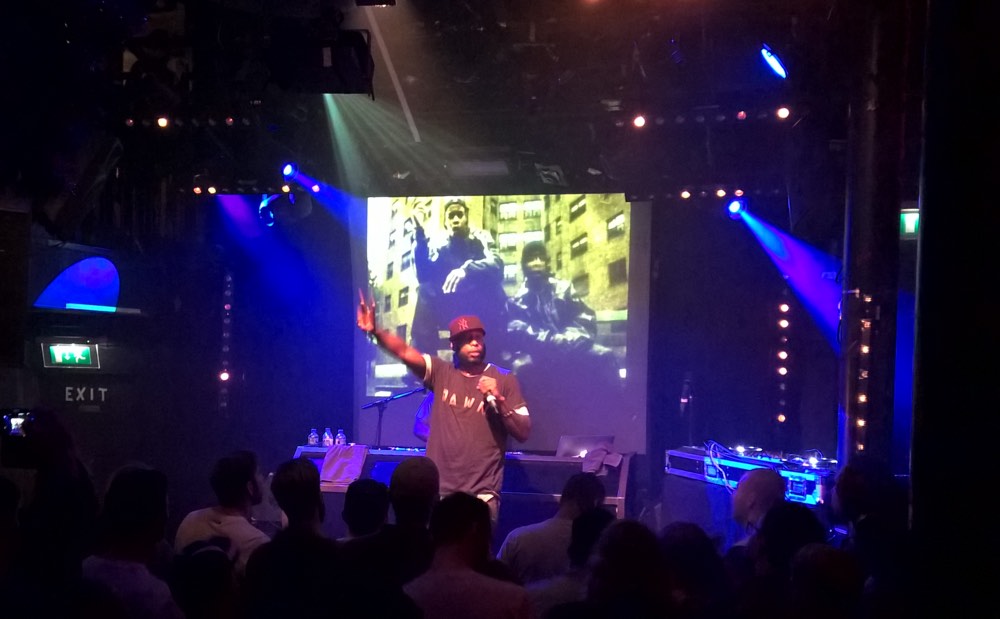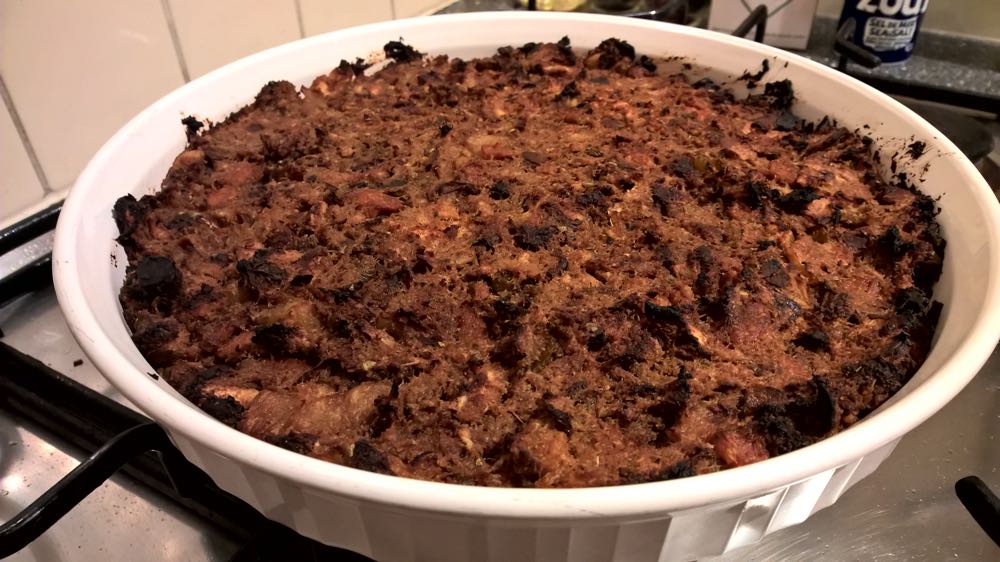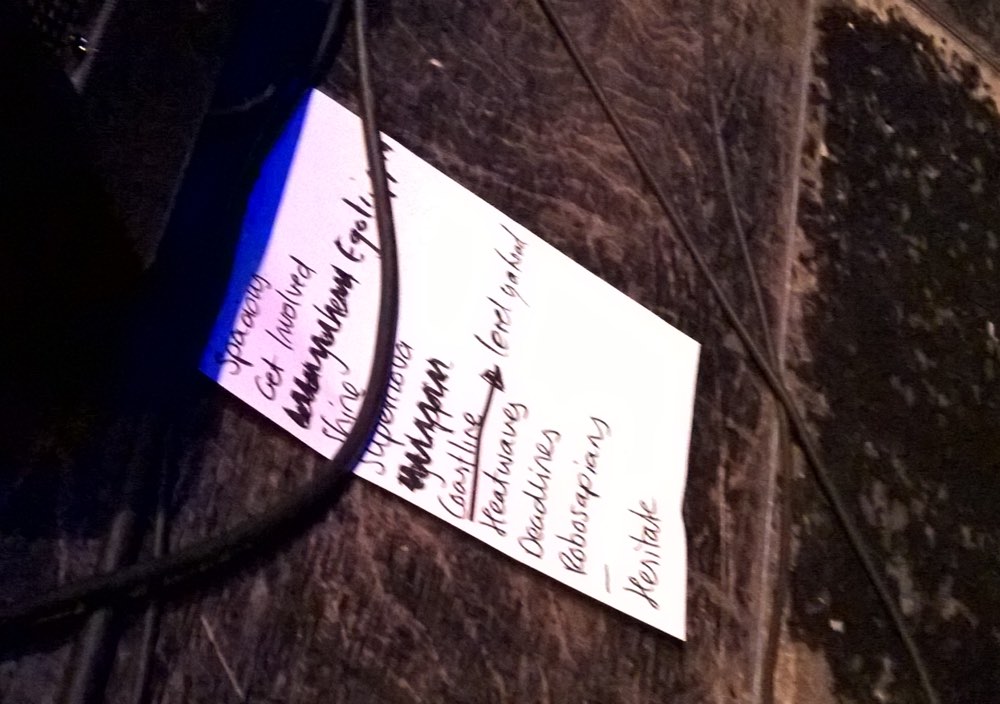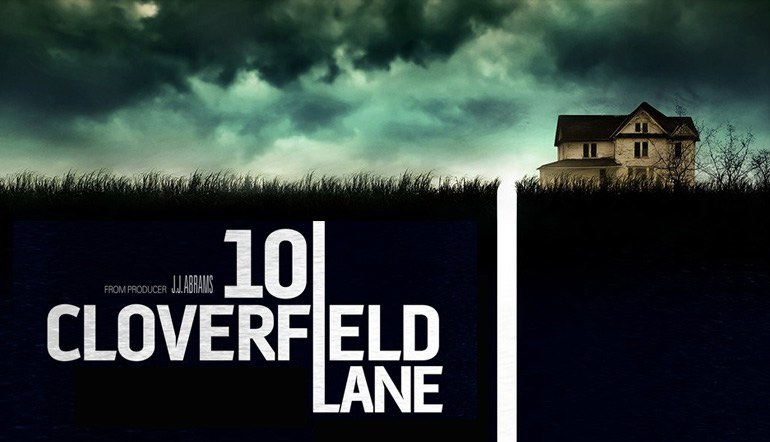As a late Christmas present to myself, I’m cleaning out some browser tabs.
There are times when I need more counselling, and times when I need less. So of course I feel guilty about the times when I’m feeling well and don’t need to schedule sessions. In “Ghosting on Freud: why breaking up with a therapist is so tricky” Alana Massey talks about how ending a counselling arrangement can be hard. Fortunately, my counsellor is aware of things like the internet, and I don’t have to worry about him asking me something like, “don’t you have any real friends to talk to?”
In October, jwz “[drew] a line through 1930s agitprop, Ronald Reagan, methane-breathing zombie space aliens, the Mozilla logo, Barack Obama and the International Communist Conspiracy.” It’s a great sprawling tale. Although I’ve never been to the DNA Lounge, I have followed jwz’s blog for a long time, I was sad to hear that it’s going through hard times.
I finished watching Person of Interest over the summer, and I enjoyed reading Ed Zitron’s retrospective “Person Of Interest Was Anti-Prestige TV And Too Smart For Primetime”. AI and surveillance technology has been on my mind a lot all of this year. All the way over on one end of the spectrum lies Nick Bostrom’s book Superintelligence, which literally kept me awake at nights; while on the other side lie technologies like Google Photos, which I have finally grown sufficiently (though not overwhelmingly) comfortable with to trust with limited tasks. I’m not ready to have a permament surveillance device like the Amazon Echo in the house, always on and always listening.
(At the same time, I’m not ready to tape over the camera on my laptop, or to stuff putty in its microphone. And over the years I’ve got used to carrying a GPS tracking device with me wherever I go.)
It’s really hard to talk about these things without sounding completely paranoid, but ubiquitous surveillance + facial recognition + big data processing (even without strong AI) + cheap drones gives the states we live in unprecedented power to identify and target political dissent under the guise of preventing terrorism and extremism. For me, in 2016, the convenience of automatically geo-tagging my photos is worth the tiny risk of being pinpointed and taken out by a smart bomb. I worry that will not always be the case. One of the most unsettling things I listened to this year was the Radiolab episode “Eye In The Sky”, which describes how drone surveillance opens up whole new avenues of crime detection. This technology is only going to get more accurate, and more automated.
(I’ve moved the server that hosts sunpig.com out of the UK, and am trying to figure out what VPN service to sign up for, but I haven’t gone as far as digging tunnels yet.)
If you have watched the film Under The Skin, take some time to read Film Crit Hulk’s deep dive on its many layers of meaning.
Once upon a time (January 2015), WayTools demoed an innovative mobile keyboard, with a tiny form factor. They took tons of pre-orders, promising delivery in early 2015. Since then, they’ve been fairly consistent about slipping their shipping estimates by one month per month, with a stream of plausible-sounding updates about improvements to firmware and software, unexpected manufacturing defects, how awesome their QA robots are, and how their Test Release Group of specially selected real-world users just love their prototype devices. Their latest update says that they’re unlikely to ship even in Q1 of 2017, and I’m pretty sure they’re just trolling us now.
I saw pictures of the Changsha’s Lucky Knot Bridge on the 99% Invisible Tumblr and on Kottke. It’s designed by Dutch firm Next Architects, who also designed the Melkwegbrug in Purmerend, which I had not known about before. Purmerend is only 10km away. During this Christmas break I’m trying to get out for a walk every day, so I’m going to head there and take some pictures.
Andy Baio “redesigned his blog,” and talks about the cultural significance of doing that, rather than just the visual design aspects. I’m with him.
At the end of October I met up with Edward Hasbrouck when he was passing through Amsterdam. Rather than wandering around the city centre, we took the ferry cross the IJ, had lunch at Café Noorderlicht, and then spent a couple of hours cycling around the northernmost outskirts, where the urban melts into the rural. Edward visited Turkey on that trip as well. I’m still not sure what to make of the political situation in Turkey right now.
The Last Man, a short film by Gavin Rothery, who also worked on the film Moon:
The film’s music is by Charlotte Hatherley, who will have a new record out soon? New song “A Sign” out now.














